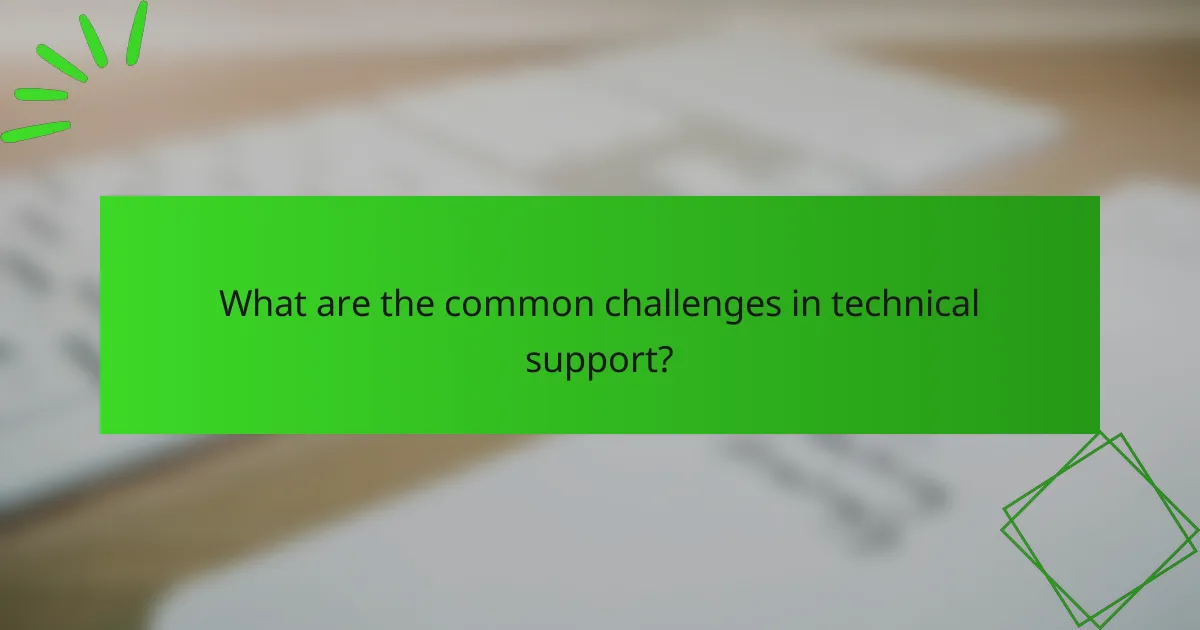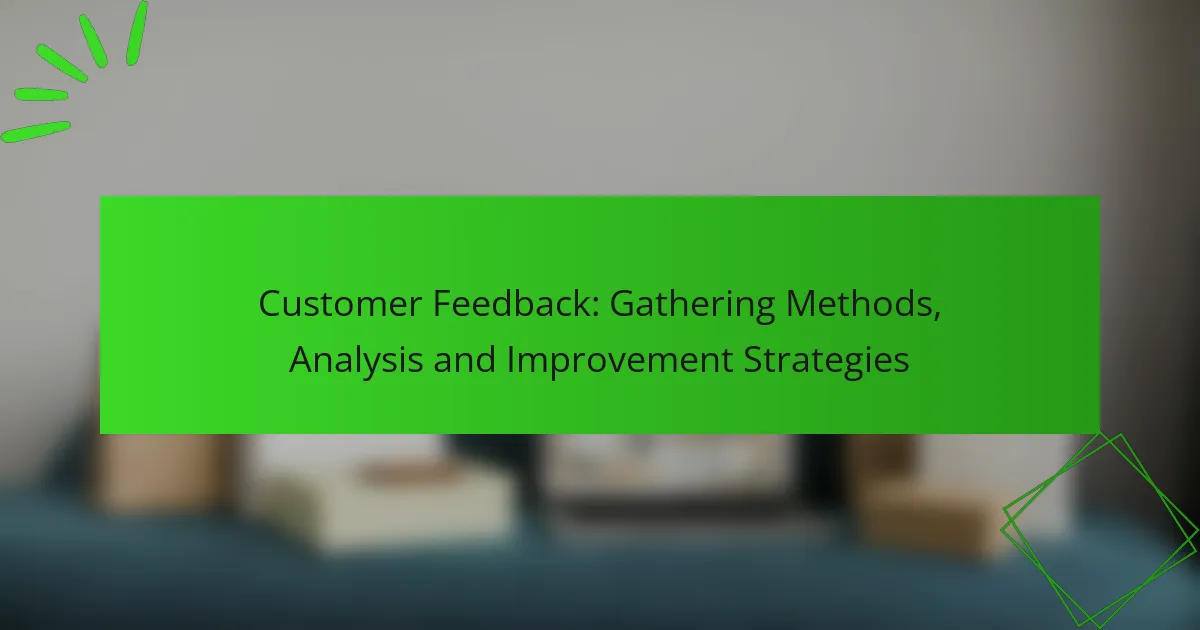In the realm of technical support, best practices are essential for enhancing user satisfaction through clear communication, comprehensive documentation, and ongoing staff training. Utilizing the right tools for communication, ticket management, and knowledge sharing can further streamline operations, leading to improved response times. Ultimately, prioritizing user satisfaction not only elevates the quality of service but also fosters customer loyalty and strengthens brand reputation.

What are the best practices for technical support in Canada?
The best practices for technical support in Canada focus on enhancing user satisfaction through effective communication, thorough documentation, and continuous staff training. Implementing these strategies can significantly improve the efficiency and effectiveness of support operations.
Proactive communication
Proactive communication involves reaching out to customers before they encounter issues. This can include sending updates about system maintenance, potential outages, or new features. Regularly informing users can prevent confusion and reduce the volume of incoming support requests.
Utilize multiple channels such as email, social media, and in-app notifications to ensure that communication reaches users effectively. Tailoring messages based on user preferences can enhance engagement and satisfaction.
Comprehensive documentation
Comprehensive documentation serves as a vital resource for both users and support staff. It should include detailed FAQs, troubleshooting guides, and user manuals that are easy to navigate. This empowers users to resolve minor issues independently, which can lead to quicker resolutions and less frustration.
Regularly updating documentation to reflect changes in products or services is crucial. Consider using a centralized knowledge base that is accessible to both customers and support teams to ensure consistency and accuracy.
Regular training for support staff
Regular training for support staff is essential to maintain high service standards. Training should cover product knowledge, customer service skills, and the use of support tools. This ensures that staff are well-equipped to handle a variety of issues efficiently.
Incorporating role-playing scenarios and real-time feedback during training sessions can enhance learning outcomes. Additionally, encouraging staff to pursue relevant certifications can further improve their expertise and confidence in assisting customers.
Utilizing customer feedback
Utilizing customer feedback is a key practice for improving technical support. Collecting feedback through surveys, follow-up calls, or feedback forms helps identify areas for improvement. Analyzing this data can reveal trends and common pain points experienced by users.
Acting on feedback demonstrates to customers that their opinions are valued, which can enhance loyalty. Regularly reviewing feedback and making necessary adjustments to support processes can lead to a more positive user experience.
Effective ticketing systems
Effective ticketing systems streamline the support process by organizing and prioritizing customer requests. A good system should allow for easy tracking of tickets, automated responses, and categorization based on urgency and type of issue. This helps ensure that critical issues are addressed promptly.
Consider integrating features such as status updates and customer portals where users can check the progress of their tickets. This transparency can reduce anxiety and improve overall satisfaction with the support experience.

What tools enhance technical support effectiveness?
Effective technical support relies on a variety of tools that streamline communication, ticket management, and knowledge sharing. The right combination of these tools can significantly improve response times and user satisfaction.
Zendesk for ticket management
Zendesk is a widely used platform for managing customer support tickets efficiently. It allows support teams to track, prioritize, and resolve customer inquiries through a centralized system.
Key features include automated ticket routing, customizable workflows, and reporting tools that help identify trends in customer issues. This can lead to faster resolutions and improved service quality.
Slack for team communication
Slack enhances team communication by providing a real-time messaging platform where support staff can collaborate easily. It allows for quick discussions, file sharing, and integration with other tools, which can streamline the support process.
Using channels for specific topics or issues can help keep conversations organized. However, it’s essential to manage notifications to avoid information overload, ensuring that critical messages are not missed.
Remote desktop software like TeamViewer
Remote desktop software, such as TeamViewer, enables support agents to access users’ computers directly to troubleshoot issues. This hands-on approach can resolve complex problems more efficiently than verbal instructions alone.
When using remote access tools, ensure that security protocols are in place to protect user data. Always obtain user consent before accessing their device to maintain trust and compliance with privacy regulations.
Knowledge base platforms like Confluence
Knowledge base platforms like Confluence serve as repositories for documentation, FAQs, and troubleshooting guides. They empower both support teams and users by providing easy access to information that can resolve common issues independently.
Regularly updating the knowledge base with new information and user feedback is crucial for maintaining its relevance. Encourage users to contribute by sharing their experiences, which can enhance the resource’s value over time.

How does user satisfaction impact technical support?
User satisfaction is crucial in technical support as it directly influences the overall effectiveness of the service. High levels of satisfaction lead to better customer experiences, which can enhance loyalty, retention, and brand reputation.
Increased customer loyalty
When users are satisfied with technical support, they are more likely to remain loyal to the brand. Satisfied customers often return for future purchases and recommend the service to others, creating a cycle of trust and reliability. This loyalty can be fostered through consistent, effective support interactions.
To enhance loyalty, technical support teams should prioritize quick response times and personalized assistance. Regular follow-ups can also reinforce the relationship, ensuring customers feel valued and heard.
Higher retention rates
User satisfaction significantly impacts retention rates. When customers feel their issues are resolved efficiently and effectively, they are less likely to switch to competitors. Retaining existing customers is often more cost-effective than acquiring new ones, making satisfaction a key focus for support teams.
To improve retention, organizations should track customer feedback and address recurring issues promptly. Implementing a customer relationship management (CRM) system can help in monitoring interactions and identifying areas for improvement.
Positive brand reputation
A strong correlation exists between user satisfaction and brand reputation. Satisfied customers are more inclined to share their positive experiences, both online and offline, enhancing the brand’s image. Conversely, negative experiences can lead to damaging reviews and a tarnished reputation.
To build a positive reputation, companies should actively manage their online presence and respond to customer feedback. Encouraging satisfied users to leave reviews can also help in establishing credibility and attracting new customers.

What metrics should be used to measure technical support success?
To effectively measure technical support success, focus on key metrics such as first response time, resolution time, and customer satisfaction score. These metrics provide insights into the efficiency and effectiveness of support operations, helping to identify areas for improvement.
First response time
First response time refers to the duration it takes for a support team to acknowledge a customer’s inquiry. This metric is crucial as it sets the tone for the customer experience; a quick response can lead to higher satisfaction levels. Aim for a first response time in the low tens of minutes for optimal engagement.
To improve first response time, consider implementing automated responses for initial acknowledgments. This can help manage customer expectations while your team works on a detailed reply. Regularly monitor this metric to identify trends and adjust staffing levels accordingly.
Resolution time
Resolution time measures how long it takes to resolve a customer’s issue from the moment it is reported. Shorter resolution times typically correlate with higher customer satisfaction, as customers appreciate quick solutions. Target a resolution time of single-digit hours for straightforward issues and a few days for more complex cases.
To enhance resolution time, ensure your support team has access to comprehensive knowledge bases and training. Encourage collaboration among team members to share insights on recurring issues, which can streamline the problem-solving process.
Customer satisfaction score
The customer satisfaction score (CSAT) gauges how satisfied customers are with the support they received. This metric is often collected through surveys following a support interaction. Aiming for a CSAT score of 80% or higher is generally considered a good benchmark in the industry.
To boost CSAT, actively solicit feedback after support interactions and analyze the results to identify improvement areas. Implementing changes based on customer feedback can significantly enhance the overall support experience and foster customer loyalty.

What are the common challenges in technical support?
Technical support often faces several challenges that can hinder efficiency and user satisfaction. Key issues include managing a high volume of support requests and addressing staff burnout, both of which can impact service quality and response times.
High volume of support requests
A high volume of support requests can overwhelm technical support teams, leading to longer wait times and decreased user satisfaction. This situation often arises during product launches, software updates, or system outages, where the influx of inquiries can spike significantly.
To manage this challenge, organizations should consider implementing tiered support systems, where simpler issues are handled by lower-level staff or automated systems. Utilizing chatbots for initial inquiries can also help filter requests and prioritize urgent issues.
Staff burnout
Staff burnout is a significant challenge in technical support, often resulting from high workloads, emotional strain, and repetitive tasks. Burnout can lead to decreased productivity, higher turnover rates, and ultimately, poorer service for users.
To combat burnout, companies should promote a healthy work-life balance and provide adequate training and resources. Regular breaks, mental health support, and opportunities for professional development can help maintain staff morale and improve overall service quality.










